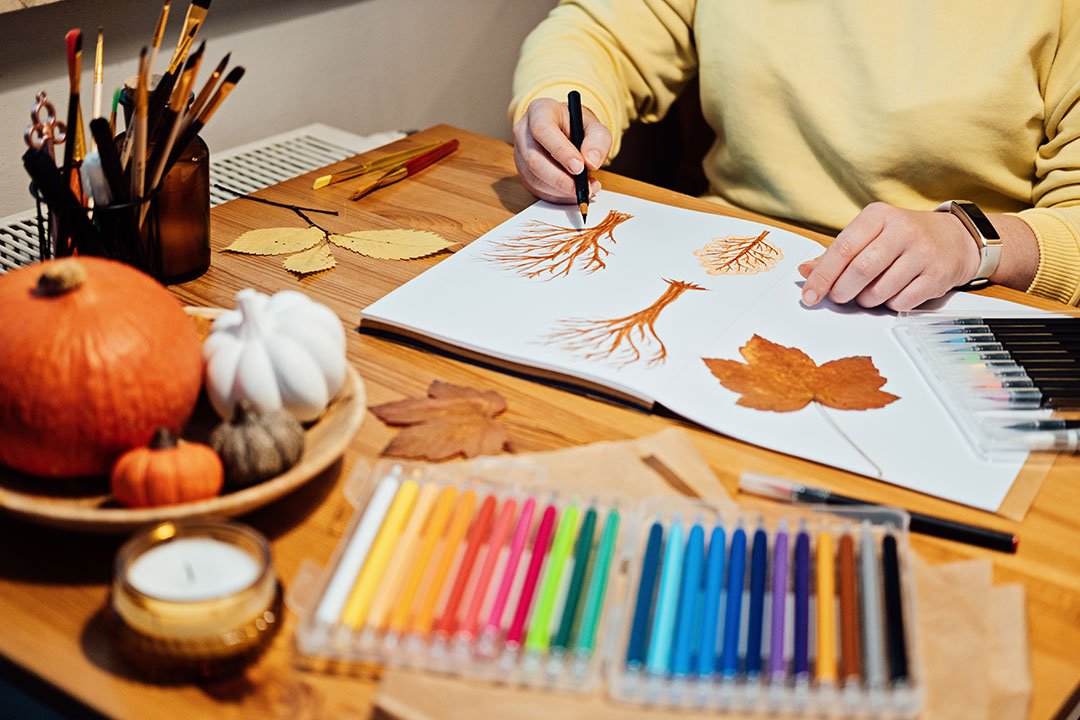Art Therapy

How It Works?
Art therapy is a distinctive form of psychotherapy, employing creative media as a means of expression and communication within the therapeutic space. It recognizes that individuals may encounter challenges when attempting to convey, comprehend or find meaning in their experiences through verbal means alone. Art-based practice offers an alternative avenue for individuals to explore their emotions and thoughts. It’s important to emphasize that no artistic background is necessary, and there’s no judgment regarding how individuals utilize the materials. Art therapy allows individuals to cultivate fresh insights and solutions to their difficulties by engaging in reflections with their therapist on the art created.
Art therapy functions as a versatile approach, allowing individuals to engage in a non-verbal dialogue with themselves and their therapist. It serves as a powerful tool for self-discovery, enabling individuals to gain a deeper understanding of their emotions, experiences, and challenges through the art they create. This creative process fosters a unique therapeutic alliance, guided by the therapist’s expertise and the individual’s innate capacity for self-expression.
Who Benefits
The flexibility of art therapy means that individuals from diverse backgrounds and experiences can find value in this approach. It provides a unique opportunity for individuals to engage with their emotions and thoughts, leading to self-discovery, healing, and personal growth. Art therapy is not about creating art for judgment but about utilizing art as a tool for better understanding and communicating one’s inner world.
- Anxiety and stress
- Depression
- Trauma and post-traumatic stress
- Self-esteem and self-confidence
- Grief and loss
- Relationship challenges
- Emotional regulation and management
- Coping with life transitions
- Substance abuse and addiction
- Body image and self-acceptance
- Expressing emotions and experiences that are difficult to articulate verbally
How ıt works
Let's plan your therapy
1
You can contact the therapist directly. Before scheduling an initial consultation, you are invited to contact any of our therapists by phone or email for an informal discussion.
2
You can use our help me find a therapist form to contact us directly. We'll locate you two to three therapists.

